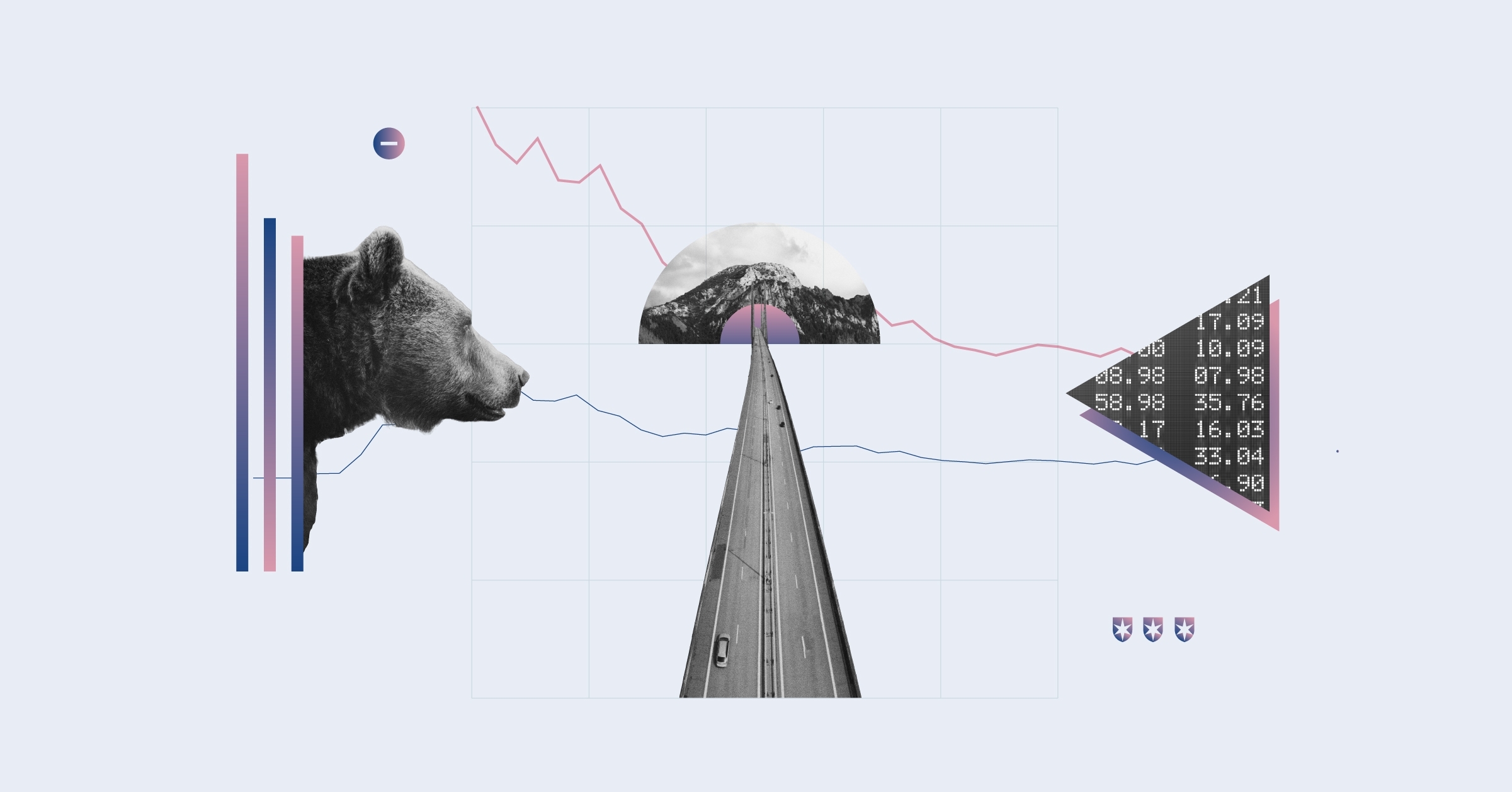In part four on our equity risk management strategies series we discussed low-beta strategies. Today, we focus on strategies to protect a portfolio from unexpected market falls, also called market drawdowns.
Managing market drawdowns could be as simple just set a stop-loss-limit, at which price your investment should be sold. Usually the stop-loss-limit is set at a certain percentage below the entrance point. However, this simple strategy does have its flaws. For example, stock markets could generate false signals, meaning the market could crash by let’s say 10% during a given interval only to subsequently – sometimes immediately - recoup 11%. If the stop-loss were triggered by that 10% fall, you’d end up losing quite a bit rather unnecessarily. Another problem with this simple strategy is re-entering the market once the stop-loss-limit has been triggered. Ideally, one would want to get back into the market at the same level the stock was sold, or a just a notch above it. But this might call for close monitoring of market moves; something that most investors are not able or willing to do.
Constant-Proportion Portfolio Insurance
Perhaps a better way to manage drawdowns is the so-called “constant-proportion portfolio insurance” (CPPI) approach. Let’s see how it works.
First, investors need to self-select a multiplier and a floor below which the portfolio value should not fall. By definition, the floor would grow at the rate of return of the money market (i.e. cash) and must be below the initial portfolio value. The difference between the floor and the portfolio value is called the cushion. The CPPI strategy aims for a constant equity exposure relative to a multiple of the cushion. Hence, the higher the multiplier, the higher the portfolio’s equity exposure. The strategy is summed up in the following formula:
Equity investment = Multiplier * (Asset – Floor)
This implies that investors would have a zero risk tolerance below their self-selected floor. Equally, courtesy of the multiplier, risk tolerance would grow quicker than with a simple buy-and-hold strategy. Strictly speaking, a buy-and-hold strategy is a CPPI-strategy with a multiplier of 1 and a floor equal to the money market allocation. The following graphic neatly captures the characteristics of this strategy.

Simply put, the CPPI strategy would sell stocks in falling markets and buys them in rising markets. And overall, the strategy should perform at least as well as the chosen floor. Hence, the “insurance” element in the name. This is particular true in bear markets, as the strategy would gradually reduce its equity exposure until the portfolio ends up only invested in the money market. Only if the market drops sharply before the portfolio could be rebalanced, the portfolio value could drop below the floor.
How much an investor is willing to sustain a market drawdown would be a factor of the self-selected multiplier. For example, by choosing a multiplier (m) of 2, an investor would be willing to see the market fall by 50% (i.e. 1/m=50%) before triggering a portfolio rebalance.
All risk-management strategies come with risks, and the CCPI is no exception. Perhaps the biggest drawback of the CPPI strategy is to decide the re-entry point into a newly rising equity market in the situation when, after a sustained period of drawdowns, the portfolio has ended up 100% invested in the money market. This will be entirely at the discretion of the individual investor.





























